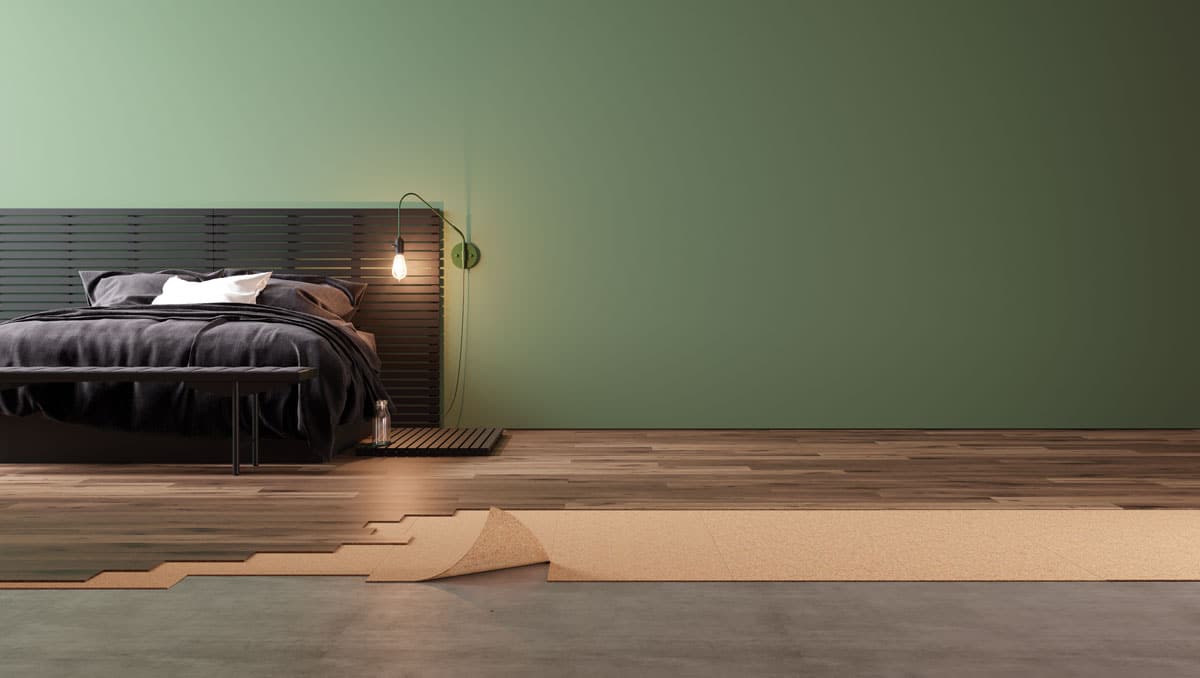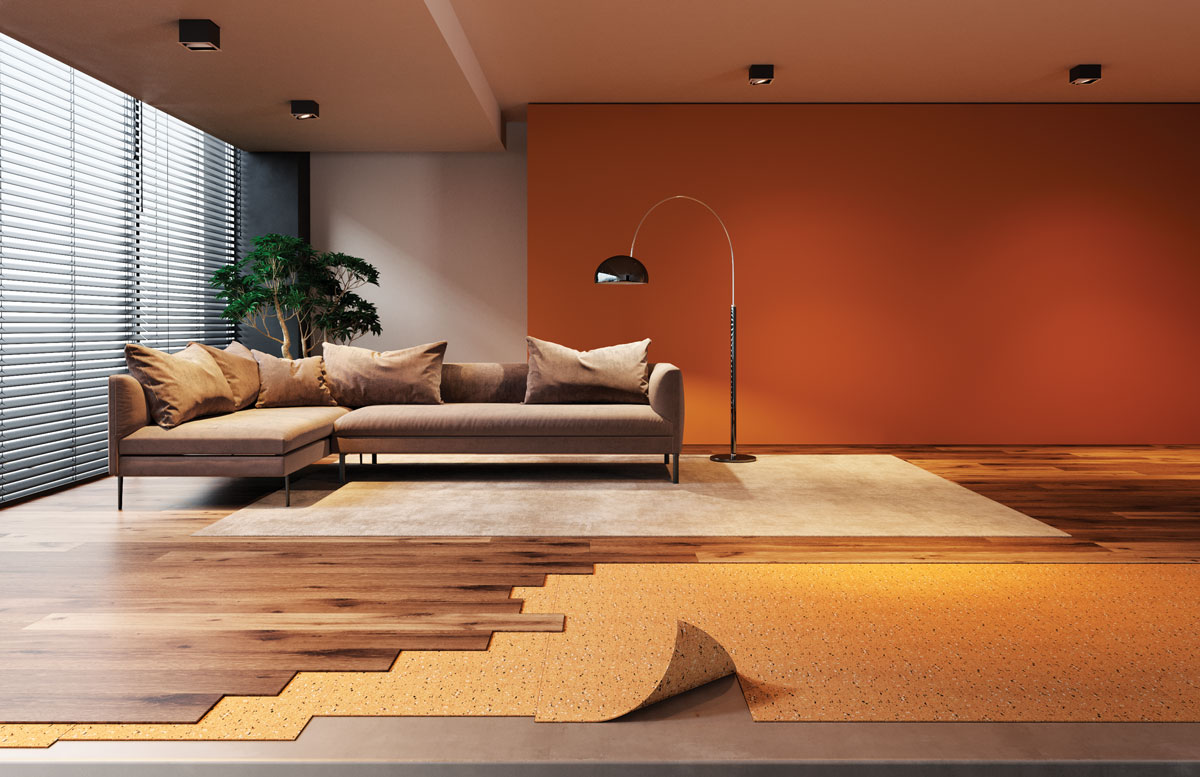
[Photo courtesy of Corticeira Amorim]
 Noise is distracting. High noise conditions are a nuisance, a drain on productivity, and a health concern. That’s why engineer and Innovation Director Eduardo Soares, of Amorim Cork Composites, has dedicated the past 15 years to developing engineering materials, including products that keep sound out of unwanted spaces. He’s tried out many materials over the years, landing on his raw material of choice—cork. Amorim Cork Composites is a world leader in cork, dedicated to bringing comfort and well-being to daily users. Here, Soares shares what you should know about building sound insulation and why cork may be the best solution for your project.
Noise is distracting. High noise conditions are a nuisance, a drain on productivity, and a health concern. That’s why engineer and Innovation Director Eduardo Soares, of Amorim Cork Composites, has dedicated the past 15 years to developing engineering materials, including products that keep sound out of unwanted spaces. He’s tried out many materials over the years, landing on his raw material of choice—cork. Amorim Cork Composites is a world leader in cork, dedicated to bringing comfort and well-being to daily users. Here, Soares shares what you should know about building sound insulation and why cork may be the best solution for your project.
Sound insulation is essential for comfort, energy-efficiency, and even regulatory requirements. When choosing a sound insulation product, it’s important to first understand noise from its origin—indoor and outdoor sources—and potential problems. Sound absorption, impact noise reduction, and vibration isolation are all critical factors.
Noise is tran- smitted both through the structure and the vibration of the structure. That means dense and closed-cell materials are preferred for noise insulation while softer, lighter materials are important for noise absorption. Vibration isolation materials covering a range of frequencies are also important for decoupling buildings, machines, and fixtures from their surroundings.

[Photo courtesy of Corticeira Amorim]
This is where cork comes in. Cork is a unique natural foam with a set of attributes that makes it a clever choice for insulation. It’s light, composed of 50% air, has a closed-cell structure, and is highly chemically and mechanically resistant. It’s carbon negative with a marginal end-of-life impact. It doesn’t release any VOCs, making it a critical factor for indoor air quality, too. I would say it’s arguably the most important natural material for acoustic insulation. Even more fascinating is that cork offers tremendous opportunities to be combined with other materials.
The AcoustiCORK product line targets impact noise reduction and vibration isolation. Our vibration control materials are engineered compounds of cork and natural or recycled rubber. They dissipate vibration energy into low-grade heat in each vibration cycle, resulting in low amplification at resonance in a wide range of frequencies and load-bearing capacities. Our underlayment materials are made of cork, polyurethanes, EVAs, and recycled rubber. They are designed to reduce sound impact at the source and offer thermal comfort and surface leveling.
AcoustiCORK also offers insulation mats to be installed under floating screeds on new construction, enabling noise reduction by more than 55 decibels. Wall bearing material strips decouple the connections of masonry with the building’s structure to efficiently interrupt the t
ransmission of footstep noise.

